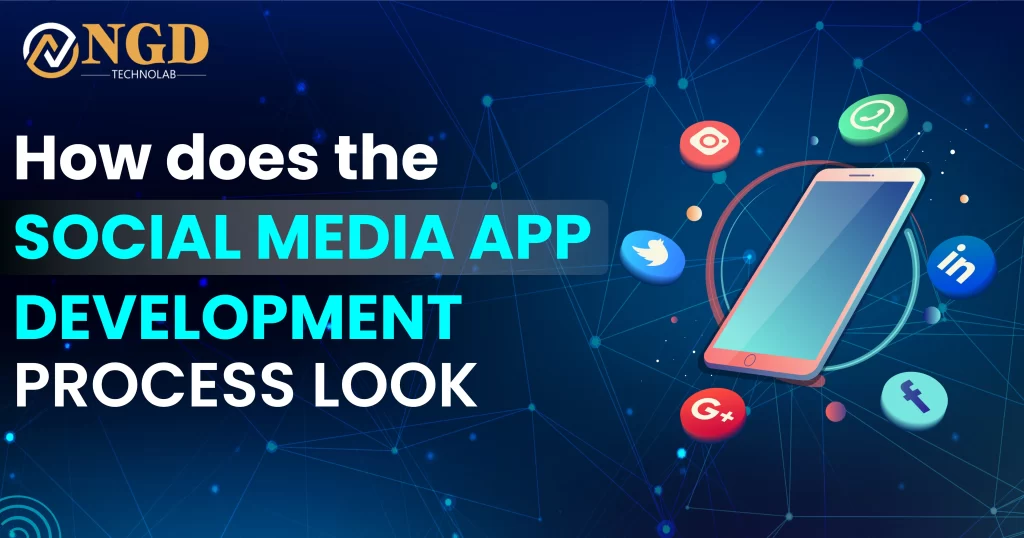Voice and Visual Search Optimisation The Next Big Thing in SEO
-
 Prashant Padmani
Prashant Padmani

Search engines are no longer limited to typing in keywords and reading results. With smartphones, smart speakers, and AI-powered cameras, people are searching in smarter, faster ways. Two trends dominating the SEO world in 2025 are voice search and visual search.
For businesses, this is both a challenge and an opportunity. Customers now expect instant, accurate, and personalised results, and if your website is not ready, you risk losing traffic to competitors. In this blog, we’ll dive deep into voice and visual search, why they’re growing, and how you can optimise for them.
Android Studio: Unveiling the Power of Android App Development
1. What Is Voice Search Optimisation?
Voice search allows people to speak their queries instead of typing them. Assistants like Alexa, Google Assistant, and Siri are now part of daily life, used for everything from finding the nearest shop to checking the weather.
Optimising for voice means shifting from short, typed keywords to natural, conversational sentences. For example, instead of “best pizza Mumbai,” users say, “Hey Google, where can I find the best pizza in Mumbai?” Businesses must adapt content to match these patterns.
2. What Is Visual Search Optimisation?
Visual search enables people to search with images. Tools like Google Lens and Pinterest Lens allow users to snap a picture of a product and instantly see where it’s available online.
Imagine a customer sees a handbag they like in a mall. Instead of typing a long description, they take a photo and use visual search to find stores selling the same product. Businesses with optimised, well-labeled images are more likely to show up in these results.
3. Why Voice and Visual Search Are Growing in 2025
The rise of voice and visual search is powered by technology and lifestyle changes. Smart speakers, smart TVs, and AI-enabled phones are everywhere. People prefer speaking or snapping photos because it’s faster than typing.
E-commerce is also driving growth. Shoppers love comparing products visually and asking quick questions like, “Which shop delivers this sofa near me?” Combined with India’s mobile-first culture and the habit of using UPI and digital wallets, voice and visual search are becoming daily routines.
4. Benefits of Voice and Visual Search for Businesses
Adopting these search trends gives businesses multiple advantages:
- Better visibility: Businesses optimised for voice and visual search appear in results where competitors may not.
- Higher engagement: Voice and visuals make searching easier, so customers interact more with optimised sites.
- More conversions: Local businesses benefit when someone asks, “Which is the best salon near me?” or takes a photo of a hairstyle and finds their shop.
- Competitive advantage: Many businesses still focus only on text SEO. Early adopters gain a head start.
5. How to Optimise for Voice Search
Optimising for voice means thinking like your customers speak. Here’s how:
- Use conversational keywords: Create content with long-tail phrases and natural sentences. Instead of “mobile repair,” use “Where can I repair my mobile near me?”
- Strengthen local SEO: Most voice searches are location-based. Keep your Google Business Profile updated with address, timings, and reviews.
- Add FAQs: Voice queries are often in question form. Adding FAQs with clear answers helps rank for these.
- Speed up your website: Voice assistants prefer fast-loading websites because users expect instant answers.
6. How to Optimise for Visual Search
Visual search depends on images and metadata. Businesses should:
- Upload high-quality images of all products and services. Blurry or low-resolution images won’t perform well.
- Add alt text and descriptions to every image. For example, instead of “IMG123.jpg,” write “Blue leather handbag with gold chain.”
- Optimise for mobile devices since most visual searches happen via smartphones.
- Submit an image sitemap so search engines can crawl and index all your visuals.
This way, your images have a higher chance of appearing when someone uses Google Lens or Pinterest Lens.
7. Challenges in Adapting to New Search Trends
While voice and visual search bring opportunities, adapting has challenges. Voice search requires rewriting content in a conversational tone, which may take time. Visual search demands high-quality, professional images that need investment.
The biggest challenge is keeping up with algorithm changes. SEO strategies that work today may change tomorrow as Google and other platforms evolve their systems. Businesses must be ready for ongoing updates.
8. The Future of SEO with Voice and Visual Search
SEO is moving towards multi-modal search, where people use a mix of text, voice, and visuals. AI will play a major role, understanding intent and giving personalised results.
In the future, imagine a user asking their assistant: “Show me similar shoes to this picture under ₹2,000, available nearby.” Businesses that optimise for both voice and visuals will appear in these highly targeted searches, winning more customers.
Conclusion
Voice and visual search are not just trends — they are the future of SEO. With people using assistants like Alexa and tools like Google Lens daily, businesses that adapt now will have a clear advantage.
By focusing on conversational content, local SEO, high-quality visuals, and mobile optimisation, both startups and established companies can improve visibility, engagement, and sales. The next big thing in SEO is already here, and those who prepare today will lead tomorrow.
Frequently Asked Questions
It’s the process of creating content that matches how people speak when using voice assistants like Alexa or Google Assistant.
It helps users find products or information by uploading or clicking photos through tools like Google Lens or Pinterest Lens.
They improve online visibility, attract mobile users, and increase conversions through faster, smarter search results
Use conversational keywords, add FAQs, improve loading speed, and keep your Google Business Profile updated.
SEO will combine text, voice, and visuals, giving more importance to AI-based, personalised search experience
Get Free consultation and let us know about your custom web and Mobile App project idea

Over 13+ years of work experience, we have built 210+ web and mobile apps
We can help you with
- Dedicated Developer
- delivering high-quality development
- Custom Mobile App Development
- Innovative Solution For Startups and Enterprise
Latest Blogs
Explore the Latest Blogs on Trends and Technology.





